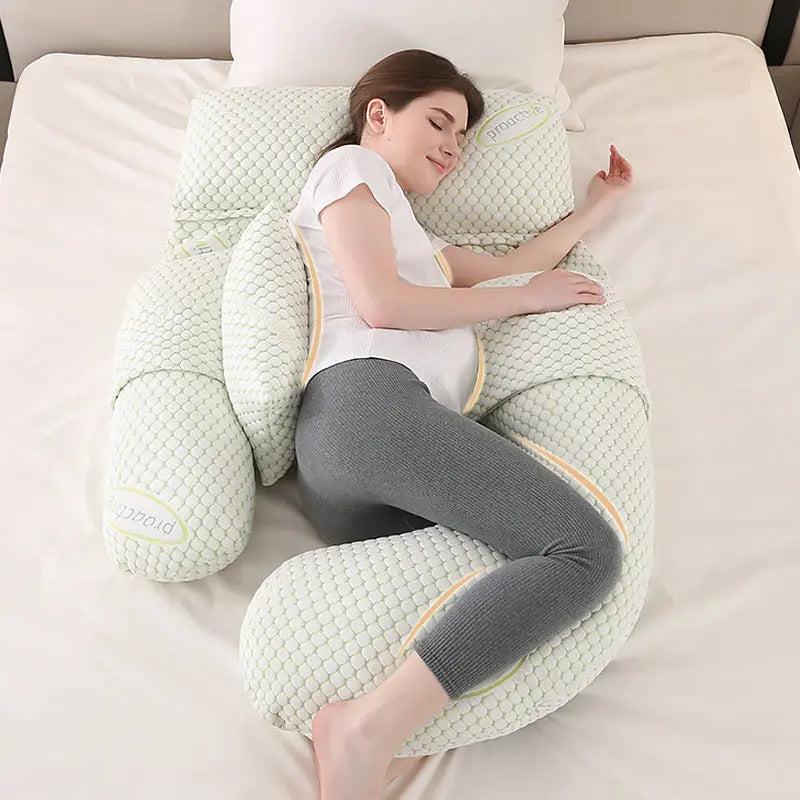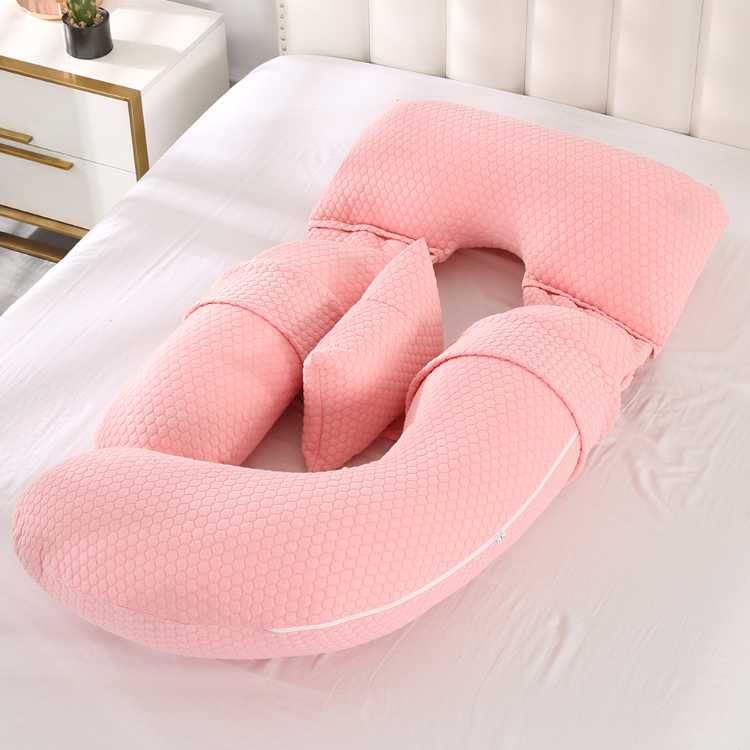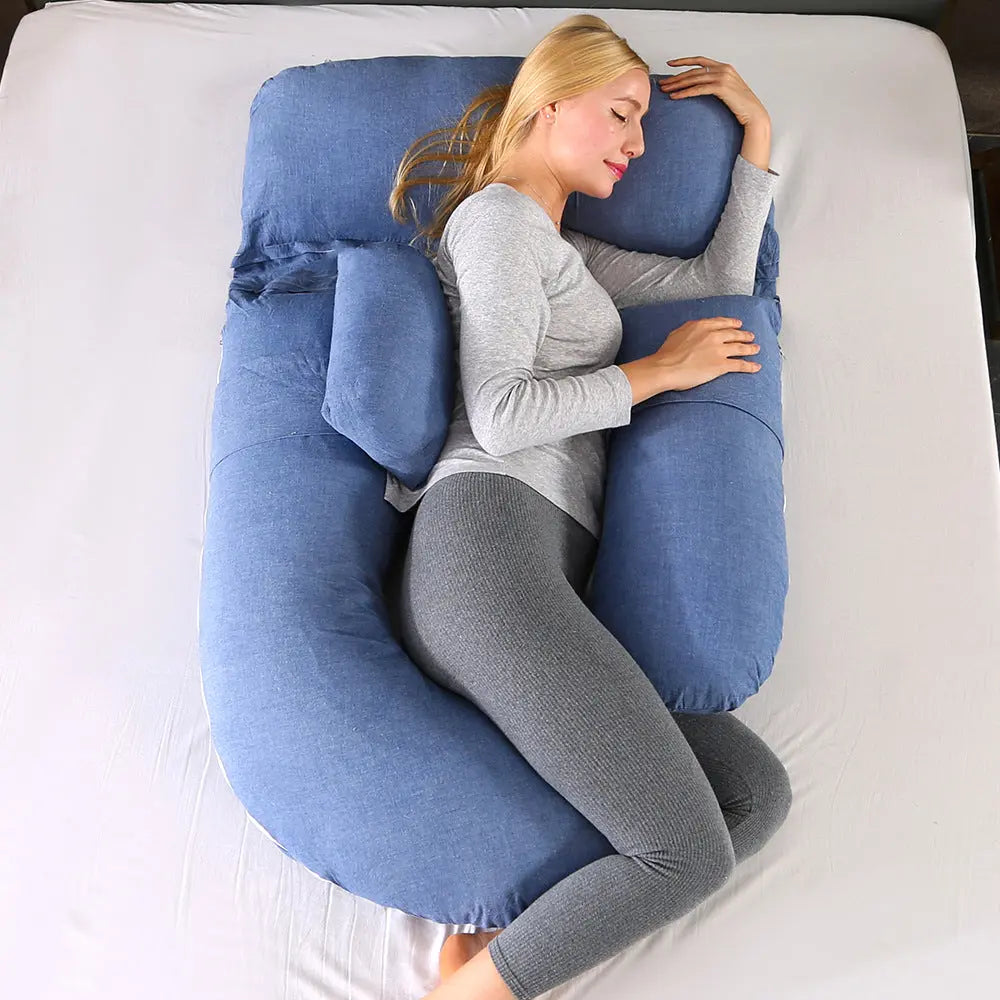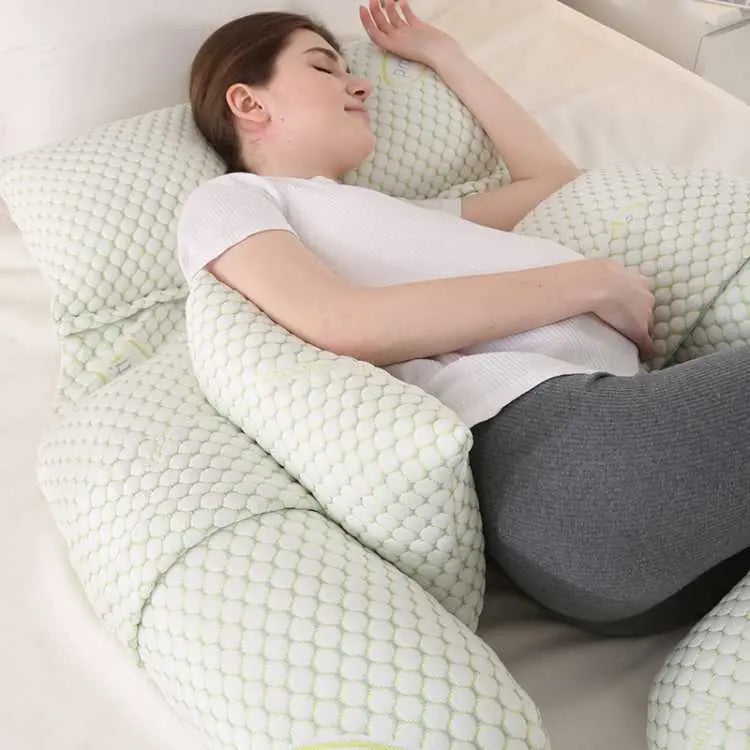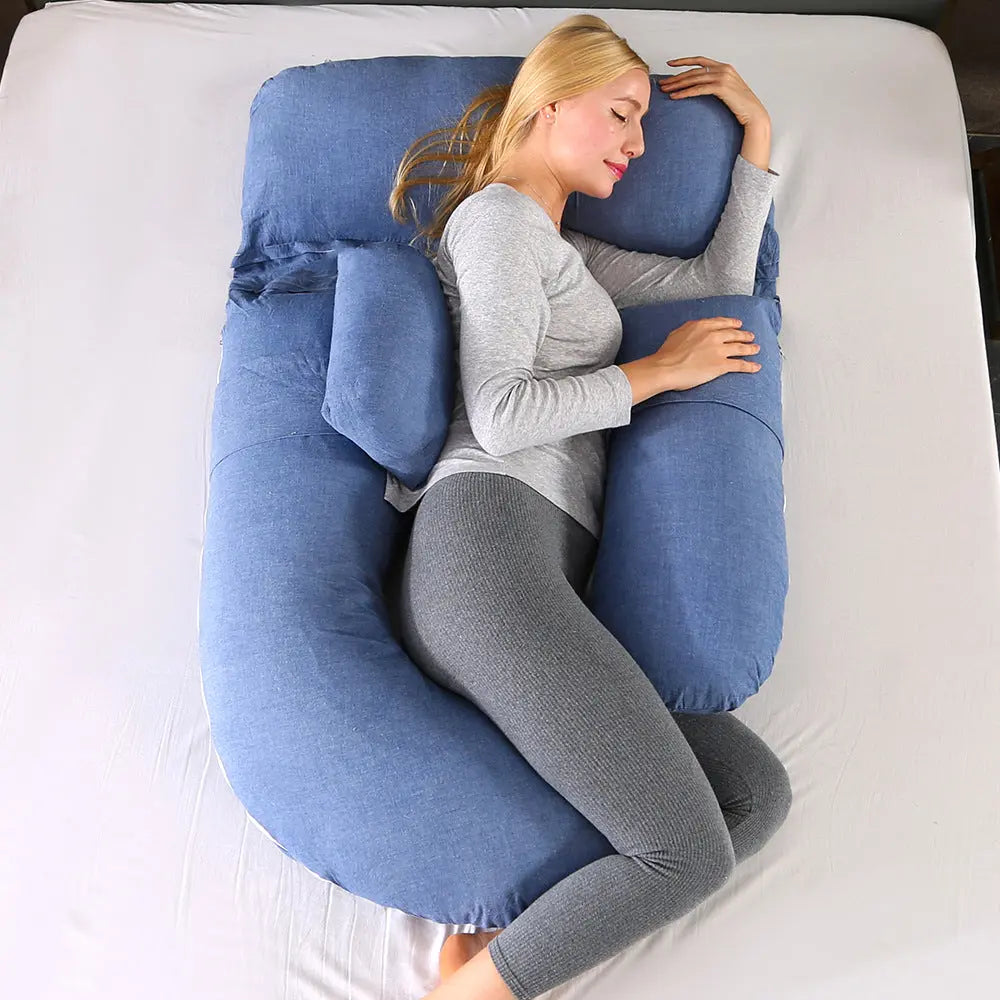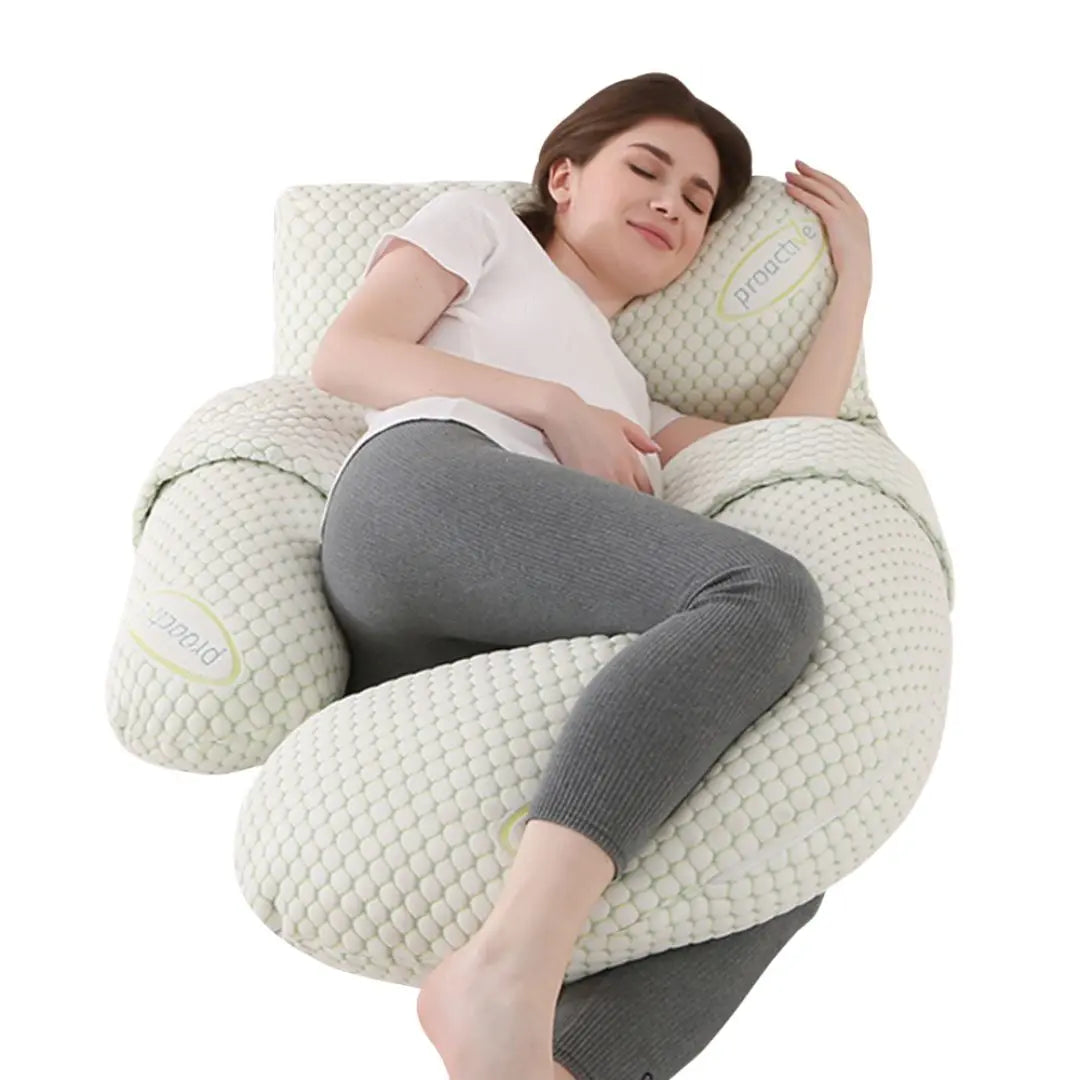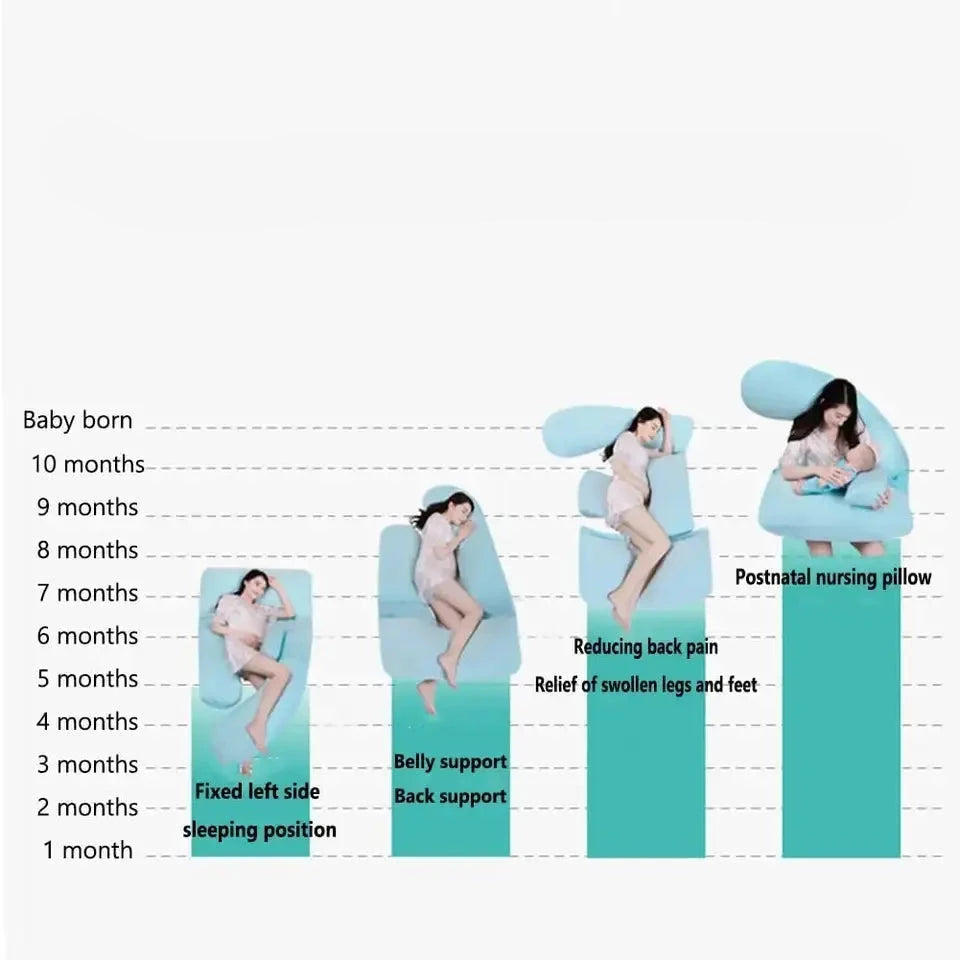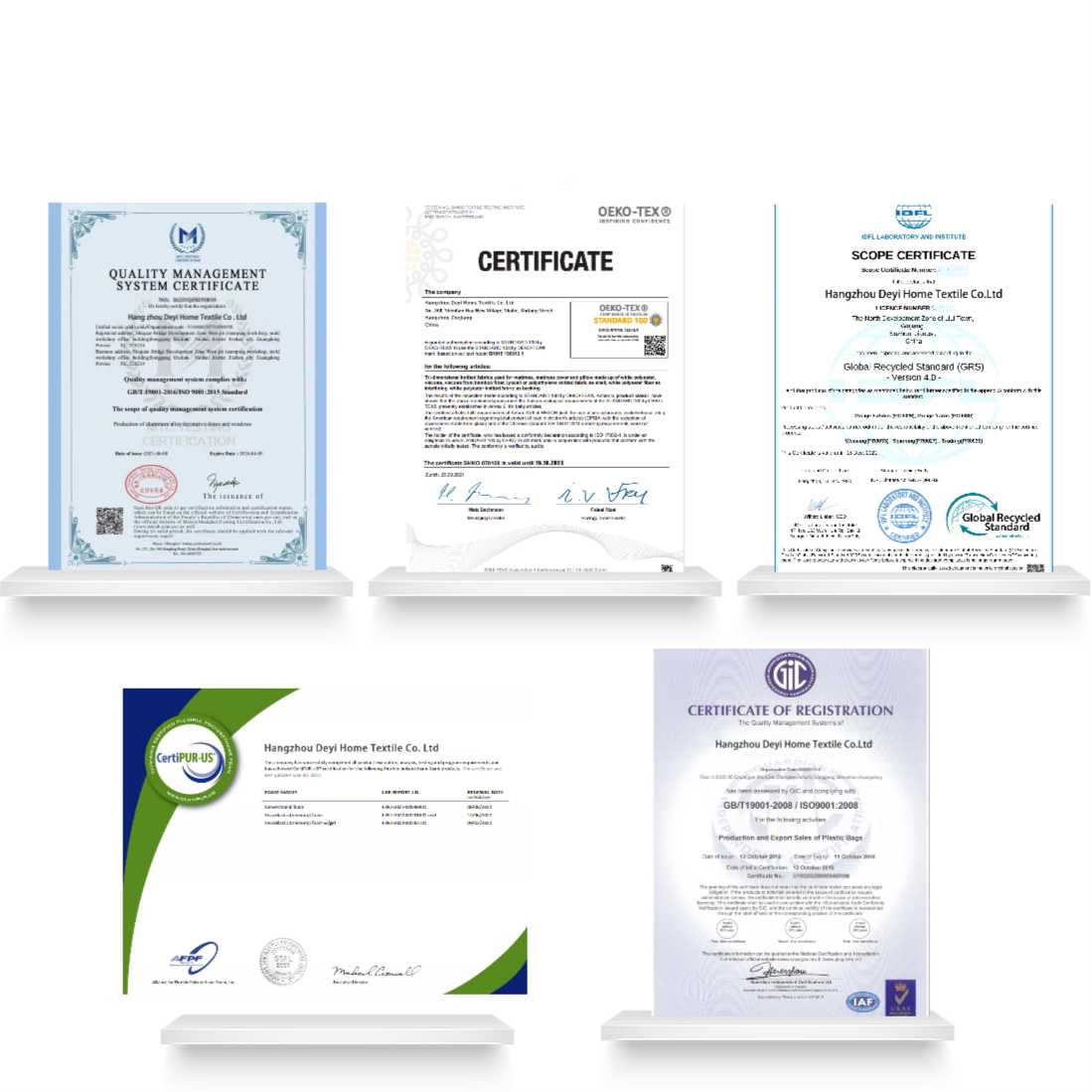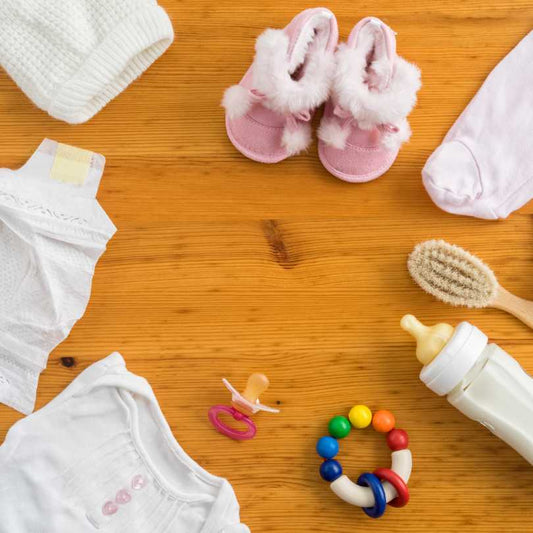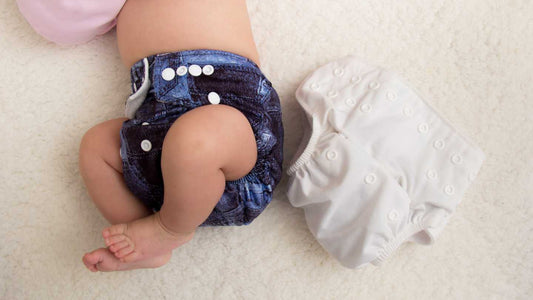
As an expectant mother, you may experience symphysis pain during your pregnancy. This pain typically occurs in the area of the symphysis, the spinal ossification in the pelvic region, and can be very uncomfortable.
There are several reasons why symphysis pain can occur during pregnancy. A common cause is overstretching of the symphysis due to the growing weight of the baby and the resulting pressure on the pelvis. Weakening of the pelvic floor muscles can also lead to symphysis pain.
This is what you can do to combat symphysis pain!
Fortunately, there are some things you can do to relieve symphysis pain.
- One option is to regularly do pelvic floor exercises to strengthen the muscles in the pelvic area. Wearing comfortable shoes and avoiding prolonged periods of standing or sitting can also help.
- Another option is to place a hot water bottle or electric blanket on the affected area to relieve pain. Warm baths or sauna sessions can also help.
- A healthy and balanced diet can also help relieve symphysis pain. Getting enough calcium and vitamin D is important to keep bones and muscles healthy.
Direct relief symphysis pain with an abdominal belt
A pregnancy belt or abdominal belt has been proven to help relieve symphysis pain during pregnancy. The pregnancy belt, or belly belt, works by relieving pressure on the uterus. The belt lifts the belly and shifts the extra weight upward. This type of belt supports the belly and helps you bear the weight of the growing uterus.
Medical studies demonstrate effective, direct relief of pelvic and back pain (often caused by symphysis pain associated) but also a faster regression of stretched tissue after delivery by wearing a pregnancy belt.

It is important to note that a pregnancy belt or belly belt is not the only solution for symphysis pain. There are other measures you can take to relieve the pain, such as regular exercise, relaxation exercises, and avoiding sitting upright for long periods. It is also advisable to consult a doctor or midwife to ensure the belt fits and is used correctly.

